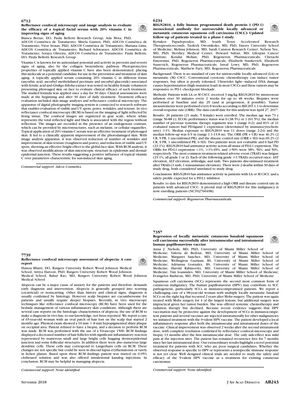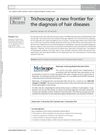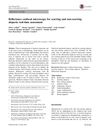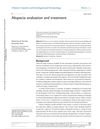Reflectance Confocal Microscopy Assessment of Alopecia: A Case Report
August 2018
in “
Journal of the American Academy of Dermatology
”

TLDR Reflectance confocal microscopy helped diagnose and manage a woman's hair loss without needing a biopsy.
The document reports a case of a 65-year-old woman with an oval patch of hair loss on her scalp, which was diagnosed using reflectance confocal microscopy (RCM). RCM is a non-invasive imaging technique that allows for the observation of skin structures in vivo. The patient refused a scalp biopsy, so RCM was used to assess the condition. The RCM findings showed a decreased number of hair follicles and significant inflammatory reaction, which could be indicative of conditions such as discoid lupus erythematosus or lichen planus. Based on the RCM results, the patient was treated with 0.05% clobetasol solution and offered intralesional kanalog injections. The case suggests that RCM may be a useful tool for the management of alopecia, especially when patients are reluctant to undergo a biopsy. No commercial support was identified for this case report.






